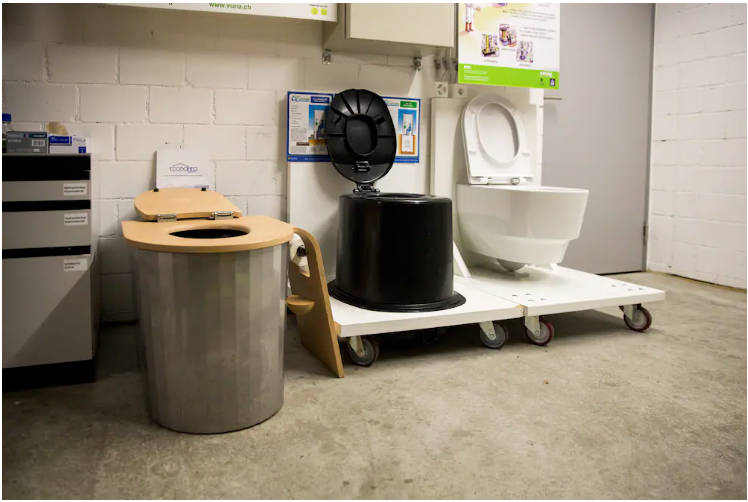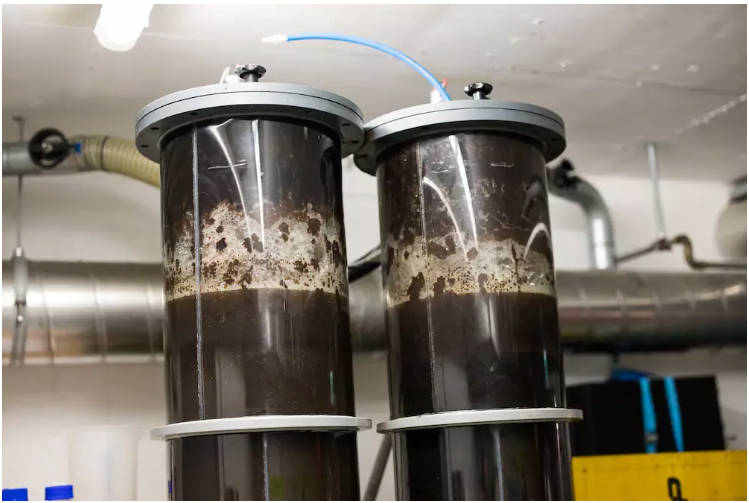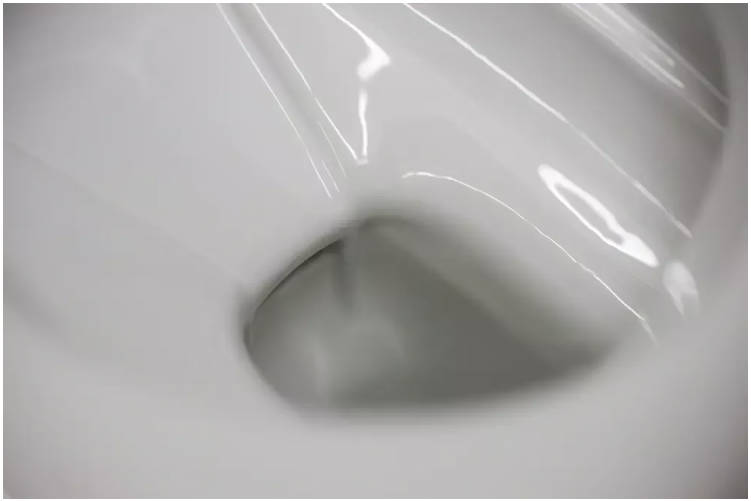Previously, Swiss engineer ETFBastian Etter developed a waterless toilet that automatically separates urine. It collects excrement that can be converted into fertiliser and treated sewage can be used for irrigation. According to the German press, the device is now available with waterless results.
Waterless Toilet

The dirt treatment system is divided into three stages: the nitrogen in the urine is stabilised by bacteria and the odour is removed. It filters out drug residues and hormones by mechanical means. Finally, nutrients are concentrated by evaporation to produce an odourless fertiliser.
According to this engineer, there is a huge waste of resources and inefficiency in the operation of existing sewage systems and treatment plants. Large amounts of water and energy are consumed throughout the operation process. Some of the nutrients in the waterless toilet are lost.
His vision for the future sewerage system was therefore to operate in a water-free, decentralised manner, i.e. without the need for large sewage treatment plants.
To achieve water-free results, he kept the idea of separating urine and faeces. But instead of flushing with water, a conveyor belt is used to push the excrement into a separate container. The treatment system contains plants and bacteria, while nutrients are collected.
As the urine flows into a separate container, it then flows into a two square metre sewage treatment system consisting of two parts. The plants and bacteria then extract nutrients from the water, which are subsequently further removed by activated carbon to remove hormone and drug residues before the resulting effluent can be used for irrigation. The separated excrement is put into a worm composter to compost and finally create high-quality garden soil.
It is reported that the system has been installed in new residential areas, for example in Geneva, as well as in some local mountain huts.
 VIGA Faucet Manufacturer
VIGA Faucet Manufacturer 

